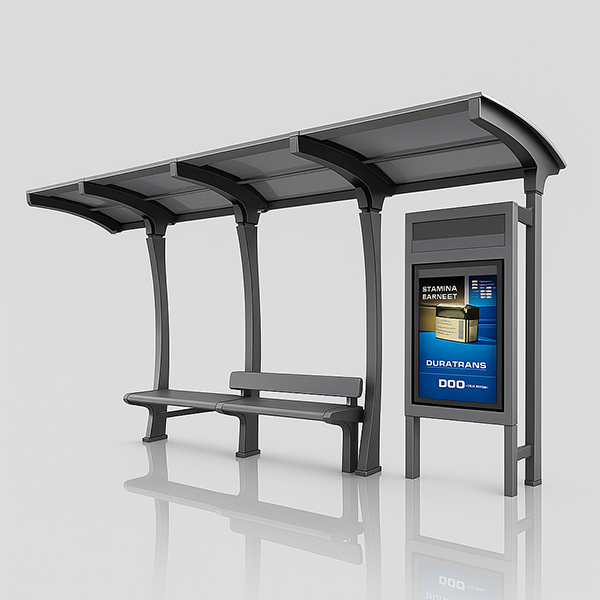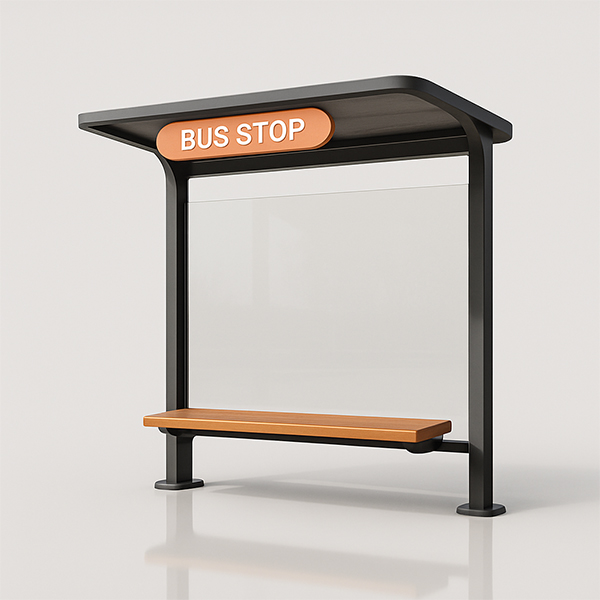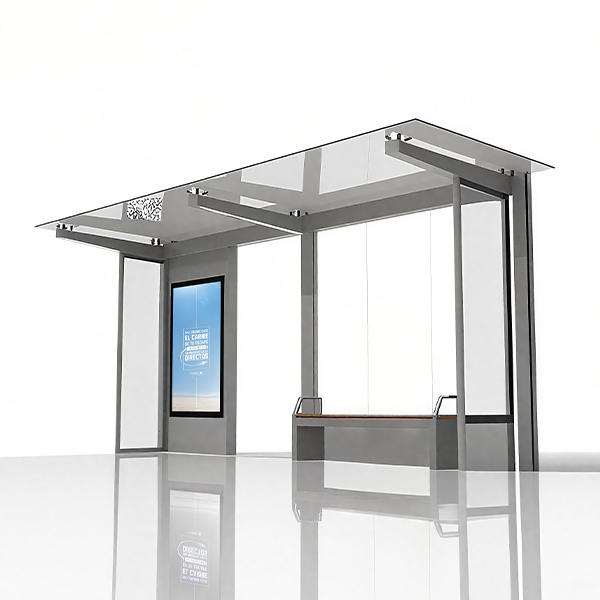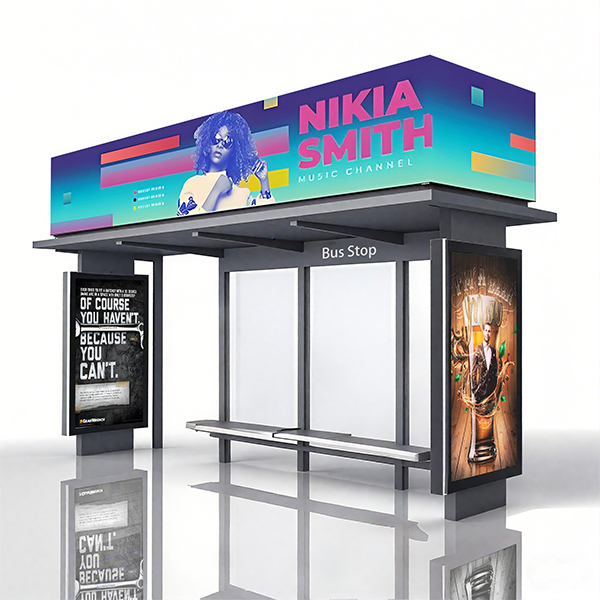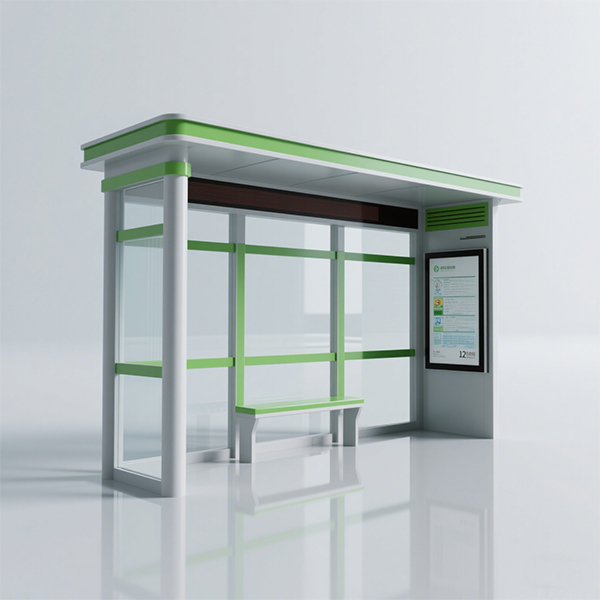
small bus stop shelters
This guide explores the design, functionality, and benefits of small bus stop shelters, providing insights for municipalities, businesses, and anyone involved in public transit infrastructure development. We'll cover various aspects, from material choices and accessibility features to innovative designs and sustainable practices. Discover the key considerations for selecting the perfect shelter for your needs.
Types of Small Bus Stop Shelters
Traditional Shelters
Traditional small bus stop shelters often feature a simple, A-frame design made from metal or wood, providing basic protection from the elements. These shelters are cost-effective but may lack advanced features.
Modern Shelters
Modern designs incorporate sleek aesthetics, durable materials like recycled plastic and tempered glass, and advanced features such as integrated lighting, solar panels, and digital signage. These small bus stop shelters offer enhanced passenger comfort and sustainability.
Custom Designs
For unique requirements or integration with existing architectural styles, custom-designed small bus stop shelters offer bespoke solutions. These can incorporate branding, unique materials, and innovative features to enhance the overall passenger experience. Consider collaborating with a company like Shandong Luyi Public Facilities Co., Ltd. for innovative solutions.
Key Considerations for Selecting Small Bus Stop Shelters
Size and Capacity
The size of your small bus stop shelter should be appropriate for the expected passenger volume. Consider factors like average wait times and peak hours to determine the optimal capacity.
Materials and Durability
Choose durable materials resistant to vandalism, harsh weather conditions, and UV degradation. Popular options include powder-coated steel, recycled plastic, and tempered glass. The choice will also depend on local climate conditions.
Accessibility
Ensure your shelter meets accessibility standards. Features like ramps, tactile paving, and adequate space for wheelchairs and strollers are crucial for inclusivity. Compliance with ADA standards (or equivalent local regulations) is vital.
Features and Amenities
Consider adding features like seating, lighting (LED is energy-efficient), real-time information displays, and integrated waste receptacles to enhance passenger comfort and convenience. Shandong Luyi Public Facilities Co., Ltd. offers various options for advanced features.
Maintenance and Longevity
Low-maintenance materials and designs are crucial for long-term cost-effectiveness. Consider the long-term cost of repairs and replacements when making your decision. Investing in high-quality materials upfront can save money in the long run.
Sustainable Small Bus Stop Shelters
Incorporating sustainable practices is crucial. Consider using recycled materials, solar-powered lighting, and energy-efficient designs to minimize environmental impact. Some designs incorporate rainwater harvesting or green roofs.
Cost Comparison of Different Small Bus Stop Shelter Types
| Shelter Type | Material | Estimated Cost Range (USD) |
|---|---|---|
| Traditional | Steel/Wood | $1,000 - $3,000 |
| Modern | Recycled Plastic/Tempered Glass | $3,000 - $8,000 |
| Custom | Varies | $5,000+ |
Note: Cost ranges are estimates and may vary based on features, location, and supplier. Contact Shandong Luyi Public Facilities Co., Ltd. for precise pricing.
By carefully considering these factors, you can select the ideal small bus stop shelters to enhance the passenger experience and improve your public transit infrastructure.
Соответствующая продукция
Соответствующая продукция
Самые продаваемые продукты
Самые продаваемые продукты-
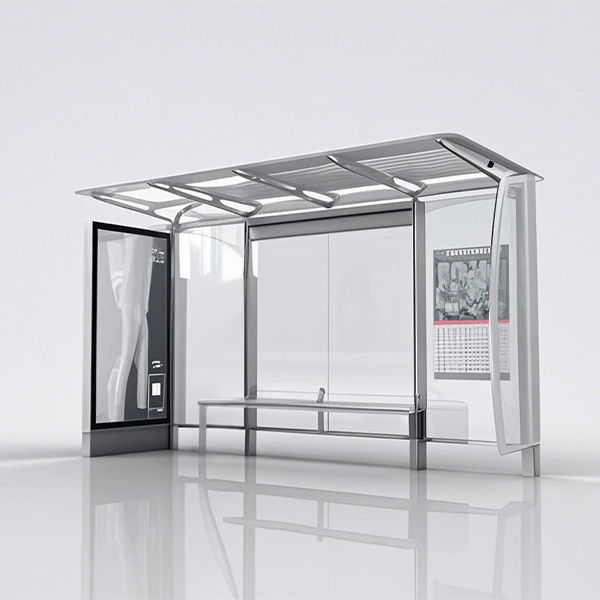 Stainless Steel Bus Shelter
Stainless Steel Bus Shelter -
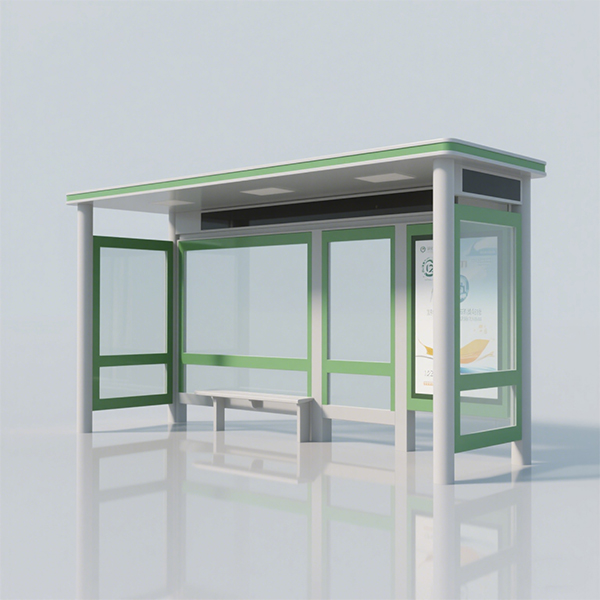 Semi-enclosed Bus Stop Shelter
Semi-enclosed Bus Stop Shelter -
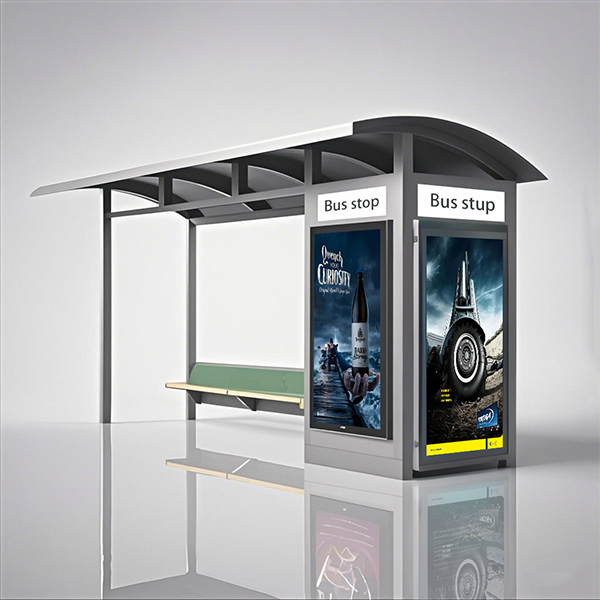 Advertising Bus Stop
Advertising Bus Stop -
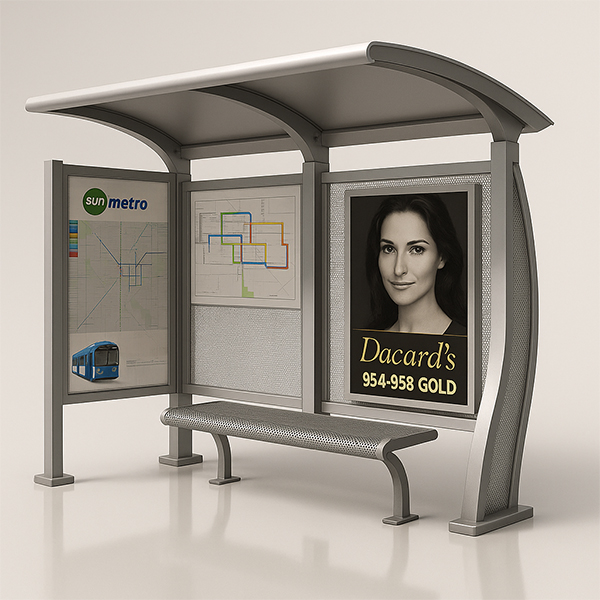 Curved Shed Bus Stop Shelter
Curved Shed Bus Stop Shelter -
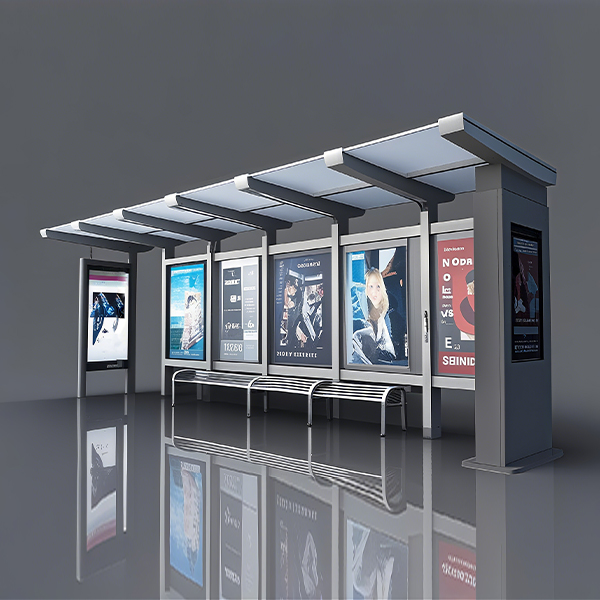 Smart Bus Shelter
Smart Bus Shelter -
 Semi-enclosed Bus Stop
Semi-enclosed Bus Stop -
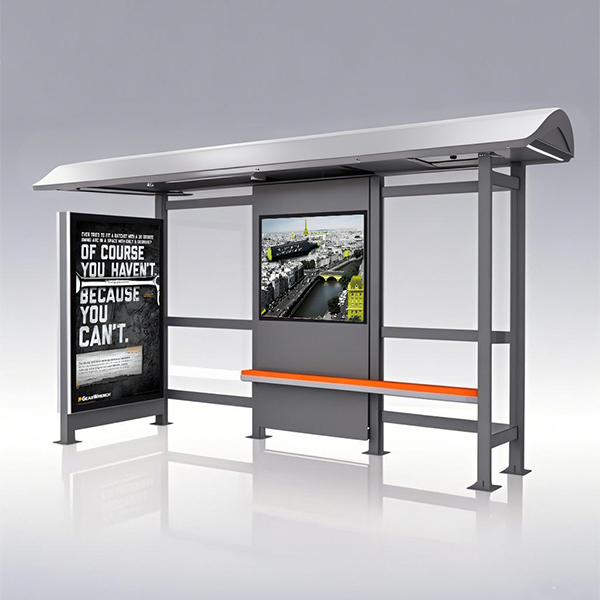 Curved Shed Bus Stop Shelter
Curved Shed Bus Stop Shelter -
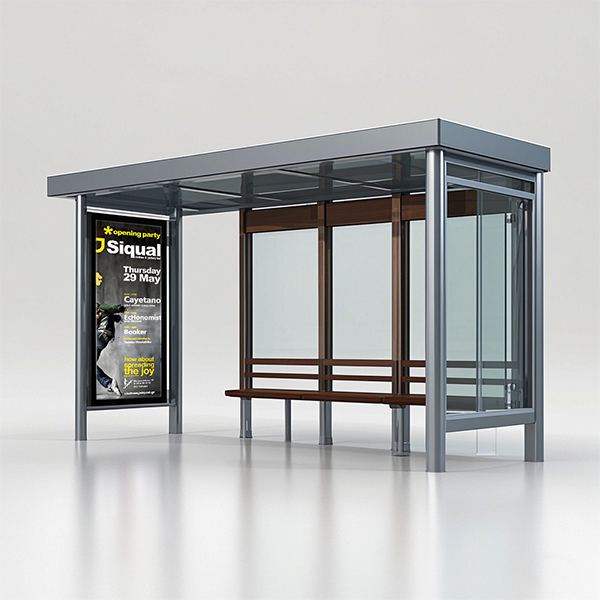 Semi-enclosed Bus Stop
Semi-enclosed Bus Stop -
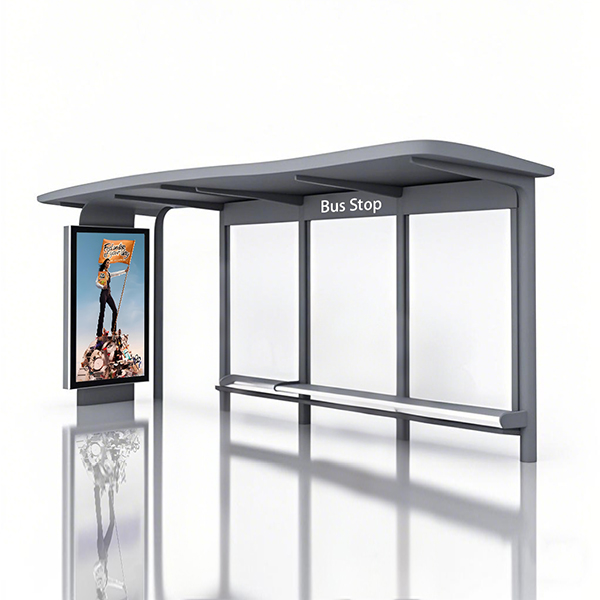 Single Light Box Bus Stop
Single Light Box Bus Stop -
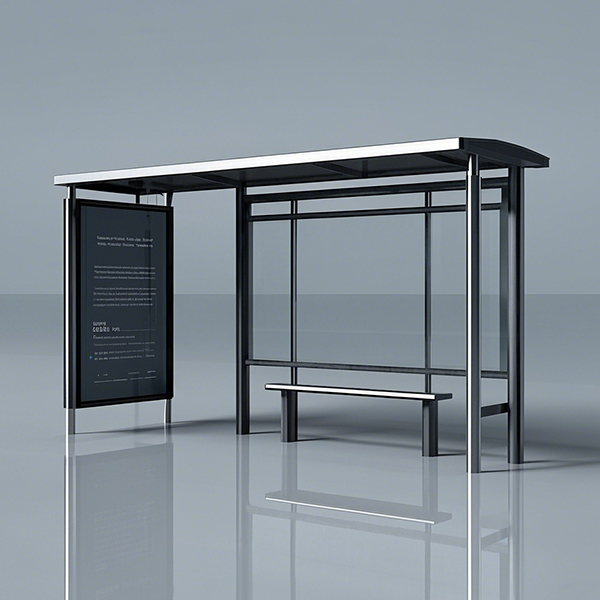 Stainless Steel Bus Stop
Stainless Steel Bus Stop -
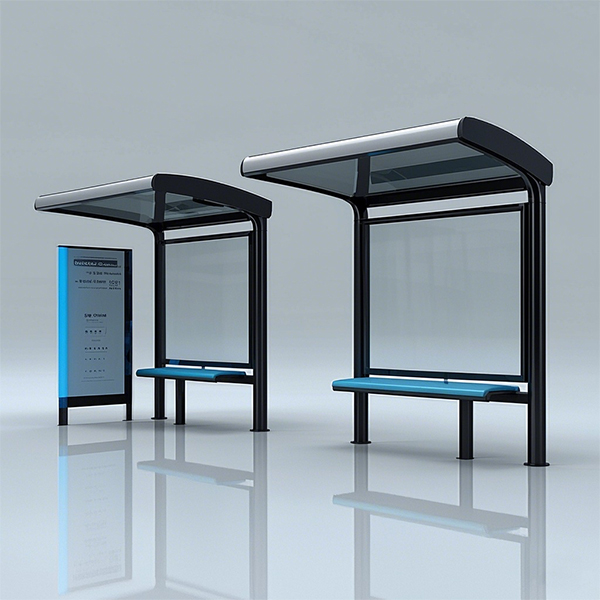 Double Bus Stop Shelter
Double Bus Stop Shelter -
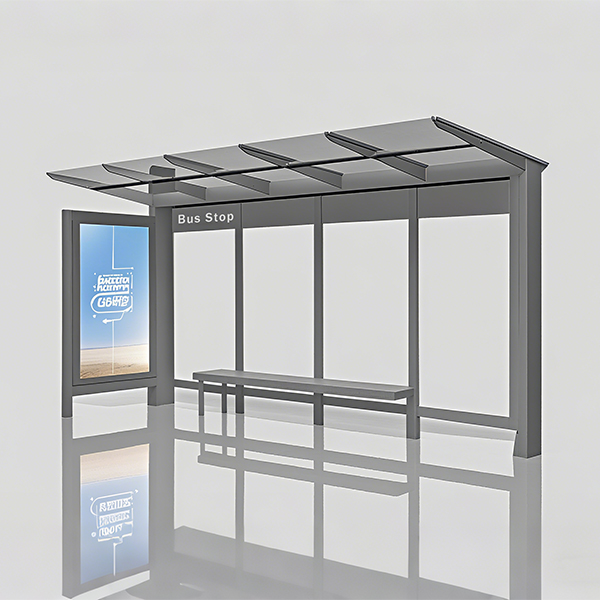 Single Light Box Bus Stop
Single Light Box Bus Stop







